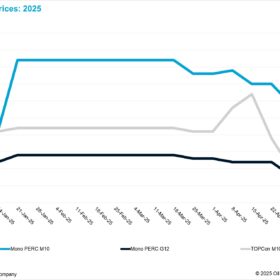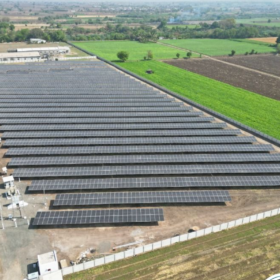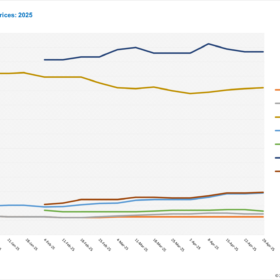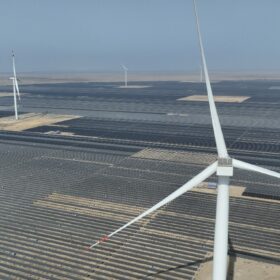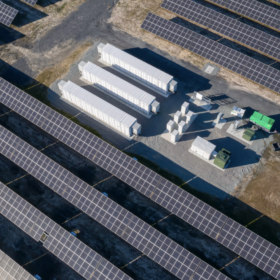Building the hydrogen economy: Overcoming infrastructure challenges
Building India’s hydrogen economy requires strategic infrastructure planning, targeted investments, and supportive policies. As industrial leaders continue demonstrating the viability of renewable energy transitions, the groundwork for hydrogen infrastructure follows naturally.
US-China tariff negotiations and impacts
Although the suspension of the 24% tariff under Section 301 sends a signal of easing, the retention of the full 10% under Section 201 and the average 83% anti-dumping/countervailing duties means that Chinese solar PV exports to the US still face a combined tax rate of nearly 200%.
How AI is optimizing solar plant efficiency
Artificial intelligence (AI) is changing the world of solar energy as it allows plants to monitor, learn and adapt in real time. Given enormous data collected from several sensors, smart meters, drones, and even weather stations, AI systems utilize machine machine learning algorithms to optimize performance, predict problems and even detect patterns.
Beyond the hype: Why PERC still powers a stronger solar future
New doesn’t always mean better: Passivated emitter and rear contact solar cells have earned their place through real-world reliability and cost-effective manufacturability.
Solar cell prices decline, production regions continue to diversify
In a new weekly update for pv magazine, OPIS, a Dow Jones company, provides a quick look at the main price trends in the global PV industry.
Harnessing the power of agrivoltaics: the future of sustainable land use
With the increasing pressure to decarbonise the energy system while preserving arable land and biodiversity, agrivoltaics is quickly becoming a vital pathway towards sustainable development. A new report from the IEA PVPS Task 13 lays out a compelling vision for how solar energy and agriculture can not only coexist but thrive together.
Tracking the Sun for a brighter tomorrow
Solar trackers are not just an upgrade to existing PV setups—they have the potential to be as crucial as any other component in a solar power plant.
De-risking investments for India’s energy transition
As India strives to move away from its reliance on coal and other fossil fuels, financing this transition remains one of the greatest hurdles. The key challenge lies in de-risking investments to attract the necessary capital for a sustainable and low-carbon energy future.
China module prices bearish, U.S. prices rise on tariff policies
In a new weekly update for pv magazine, OPIS, a Dow Jones company, reports that TOPCon modules from China held steady at between $0.085-0.090/W. It also reveals that Europe prices for TOPCon modules of over 450 W rose by 0.96%, assessed at €0.105/W.
From oil & gas to hydrogen highways: The next evolution of global pipeline networks
As hydrogen production scales, a pressing challenge emerges: how do we transport it efficiently and safely over long distances? This is where pipeline infrastructure, once the backbone of the oil and gas economy, must evolve to support the hydrogen economy of the future.




